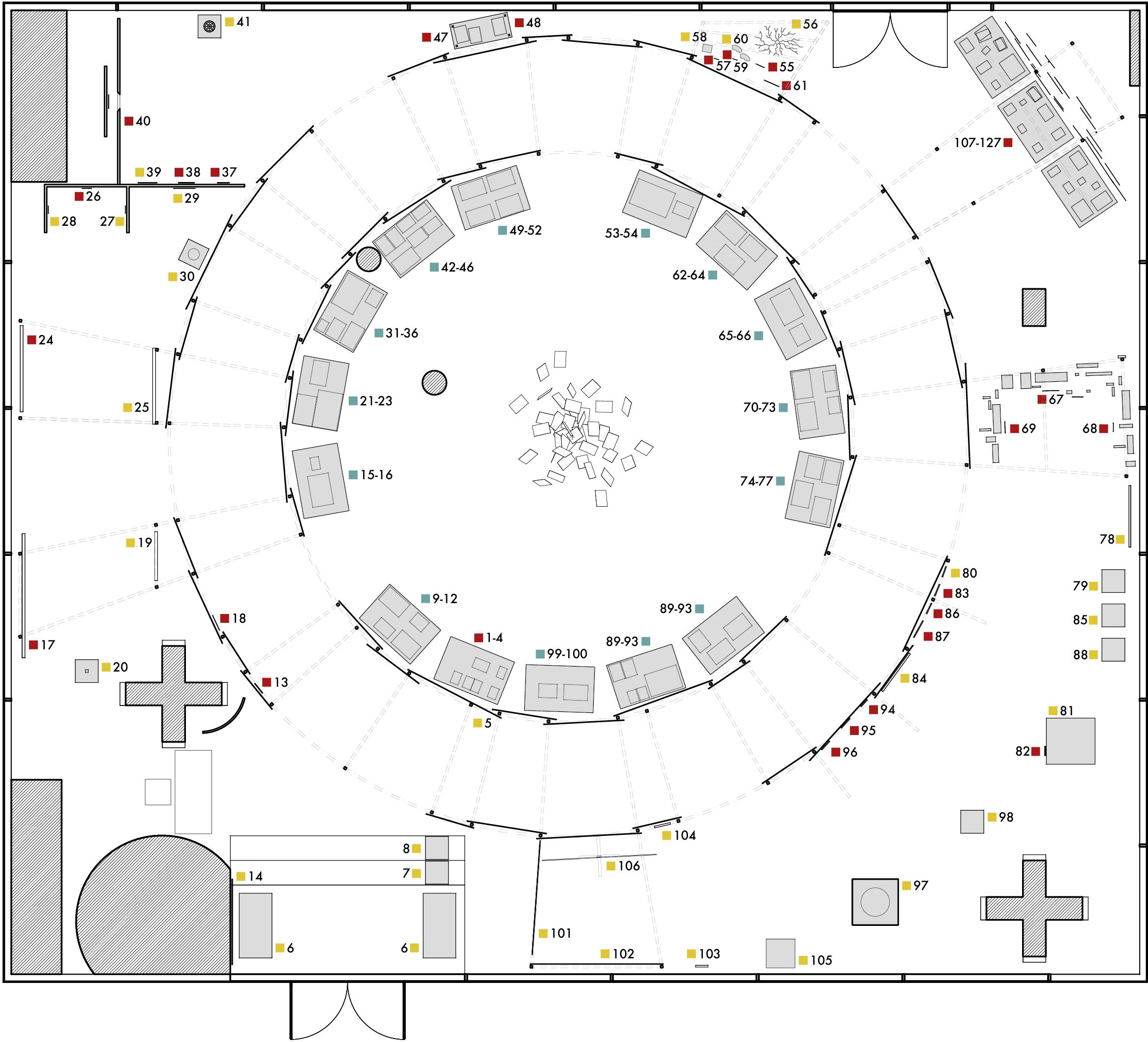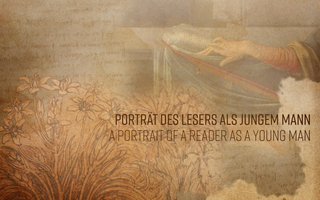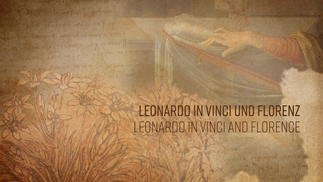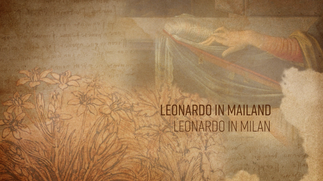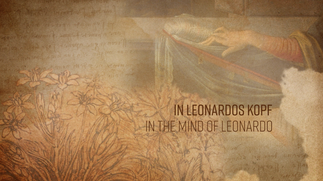
Leonardo's intellectual cosmos
The intellectual cosmos of Leonardo da Vinci (1452–1519) is seemingly inexhaustible. It echoes the diversity and cultural abundance of the Renaissance, which he embodies in all its facets like few others of his time. He applied his curiosity and creative commitment to all fields of knowledge, from the forces of nature, both large and small, to all varieties of human form and design.
Leonardo’s era was characterized by upheavals: the rediscovery of antiquity, the rise of trade and science, the invention of printing, the European discovery of America, and the beginnings of a new astronomical worldview. The tensions affecting his time included those between Christianity and the revived pagan antiquity, faith and science, the bourgeoisie of the burgeoning cities and feudal society, new technologies and the traditional social order. The great emphasis placed on the highest level of individuality of human actors stood in contrast to the aspiration of their thinking to universal validity, while the growing potency of art began to compete with the forces of nature. All this took place alongside disruptive experiences of war, crises, and diseases such as the plague—but also the challenge posed by the new possibilities of thought, belief, and action.
Leonardo and other contemporary artists, scientist-engineers, and humanists struggled to balance out these tensions in their work, although not at the price of flattening them or accepting one-sided solutions. Instead, they succeeded in giving expression to these tensions in their creative works and using them productively. The willingness not to conceal contradictions, but to battle through them in a constant dialogue with oneself and others, was considered a virtue. Leonardo’s intellectual cosmos was deeply influenced by contradictions, such as his quest for the dynamical and even conflicted harmony of the world and his willingness to address the inherent tensions in a never-ending diversity of details, to each of which he devoted all his attention and skill.
The much-discussed antithesis between observation of nature and traditional scholarship through books was another issue Leonardo refused to deal with one-sidedly, tackling both aspects with great commitment. Compared with his predecessors, he was almost unique in how he perceived the diversity of nature, at the same time using the new medium of book printing to build up a remarkable library that influenced and corresponded to his own worldview.
To a large extent, Leonardo’s library could be reconstructed from his manuscript notes. It was unique yet reproducible. This is made clear in this exhibition, which gathers a number of works from his library, but not his personal copies, which–with possibly one exception–have not survived. Instead, the “Berlin Leonardo Library” has been compiled from contemporary works from the holdings of libraries in Berlin. In particular, they include the Staatsbibliothek zu Berlin (State Library of Berlin), the Kunstbibliothek (Library of Art History), and the Kupferstichkabinett der Staatlichen Museen (Museum of Prints and Drawings) and, last but not least, the Library of the Max Planck Institute for the History of Science, which has focused on the upheavals of the early modern period and their consequences for the past 25 years and continues to study them today. The specimens we have collated testify to the accelerated dissemination of knowledge through the printing and circulation of books that helped to make Leonardo’s intellectual cosmos possible in the first place.
Leonardo grew up in an emergent and fascinating world of books in which contemporary knowledge circulated in new ways and could be combined from varying perspectives. He had ambitious plans to be an author himself but the traces of his wide-ranging work that he left for posterity are provisional and often sketchy in character compared with the cohesive style and closed form of the books he aspired to but hardly ever achieved.
The exhibition shows Leonardo’s world in a process of upheaval: in media, in the transition to a new knowledge economy, in the struggle for a new understanding of the world. Which books influenced Leonardo’s intellectual cosmos? How did he work with his books? What became of his plans to write and publish his own books? Why was it so difficult for him to bring his ideas together in book form? What was lost in the transition from the manuscript world with its many and diverse forms—in Leonardo’s case it was often a complex weave of individual notes—to the book world, and what does this loss mean for our world today and its approach to new media and knowledge economies?
The exhibition resists the temptation to categorize Leonardo as a precursor, for example, of modern science and technology. Instead, it searches his intellectual cosmos for a distant mirror of our own era of radical change. What we find there, looking through Leonardo’s eyes, are not only countless unfinished projects but also the still undecided possibilities for understanding and shaping the world in one way or another. Precisely this view of his works as open and accessible offers us the opportunity to find inspiration for balances that do justice to the tensions and contradictions of our own time.
Jürgen Renn
- A.
- B.
The Hanging of Bernardo Bandini Baroncelli 1479
- C. Milan 1482–1500: after Leonardo da Vinci. Academia Leonardi Vinci 1497–1500
- D. Mantua, Upper and Central Italy 1500–1502: Francesco Melzi after Leonardo da Vinci.Codex Urbinas Latinus 1270 / Libro di pittura ca. 1530–1540
- E. Florence 1503–1506: Giorgio Vasari. Vita di Lionardo da Vinci – title page with portrait medallion
from “Le vite de più eccellenti pittori, scultori e architettori” 1568
- F.
Traitté de la peinture / de Léonard de Vinci.
Donné au public et traduit d’italien en françois par R. F. S. D. C. Paris: Langlois, 1651
- G.
- H.
Portrait of Leonardo da Vinci ca. 1515–1518
